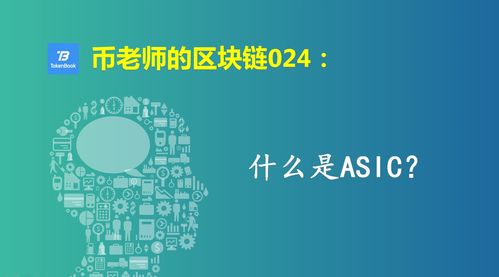Introduction to Blockchain Translation

Blockchain technology, a revolutionary innovation in the digital age, has gained significant traction worldwide. As this technology continues to evolve and integrate into various industries, the need for accurate and effective translation of blockchain-related terms and concepts has become increasingly important. This article delves into the intricacies of translating blockchain into English, ensuring that the essence and nuances of the technology are effectively communicated across languages.
Understanding Blockchain Technology
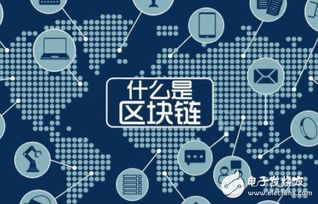
Before delving into the translation process, it is crucial to have a solid understanding of blockchain technology itself. Blockchain is a decentralized digital ledger that records transactions across many computers so that the record cannot be altered retroactively without the alteration of all subsequent blocks and the consensus of the network. This technology is the backbone of cryptocurrencies like Bitcoin and Ethereum, but its applications extend far beyond just digital currencies.
Key Terms and Concepts
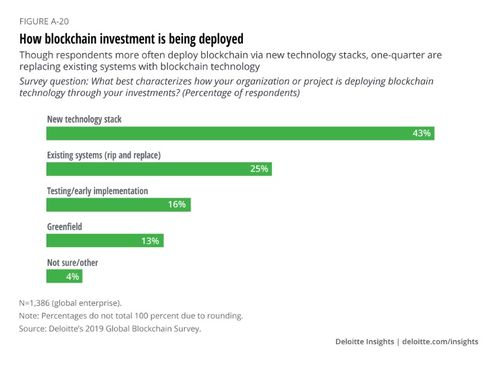
When translating blockchain into English, it is essential to accurately translate key terms and concepts. Here are some of the most common terms and their English translations:
区块链 (Chinese) - Blockchain (English)
加密货币 (Chinese) - Cryptocurrency (English)
分布式账本 (Chinese) - Distributed ledger (English)
共识机制 (Chinese) - Consensus mechanism (English)
智能合约 (Chinese) - Smart contract (English)
去中心化 (Chinese) - Decentralization (English)
Challenges in Translation
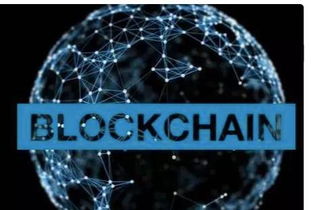
Translating blockchain into English presents several challenges due to the specialized nature of the terminology and the evolving nature of the technology. Some of the key challenges include:
Specialized Terminology: Blockchain has its own set of technical terms that may not have direct equivalents in other languages. Translators must often create new terms or adapt existing ones to accurately convey the intended meaning.
Evolution of Technology: Blockchain technology is rapidly evolving, and new terms and concepts are constantly emerging. Translators must stay updated with the latest developments to ensure accurate translations.
Cultural Differences: The interpretation of certain terms may vary across cultures, requiring translators to consider the cultural context in which the content will be used.
Best Practices for Blockchain Translation

To overcome the challenges of translating blockchain into English, it is important to follow best practices:
Use Professional Translators: Engage experienced translators who specialize in technical and financial translations to ensure accuracy and quality.
Consult Subject Matter Experts: Involve experts in blockchain technology during the translation process to provide guidance and ensure that technical terms are accurately translated.
Consistency in Terminology: Establish a consistent set of terms and use them consistently throughout the translated content to avoid confusion.
Localization: Adapt the content to the target audience's cultural context, ensuring that the translated content is both accurate and culturally relevant.
Conclusion
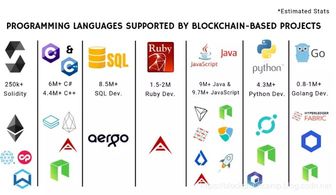
Translating blockchain into English is a complex task that requires a deep understanding of both the technology and the language. By following best practices and engaging professional translators, the essence and nuances of blockchain technology can be effectively communicated across languages, fostering global understanding and collaboration in this rapidly evolving field.
Tags:
